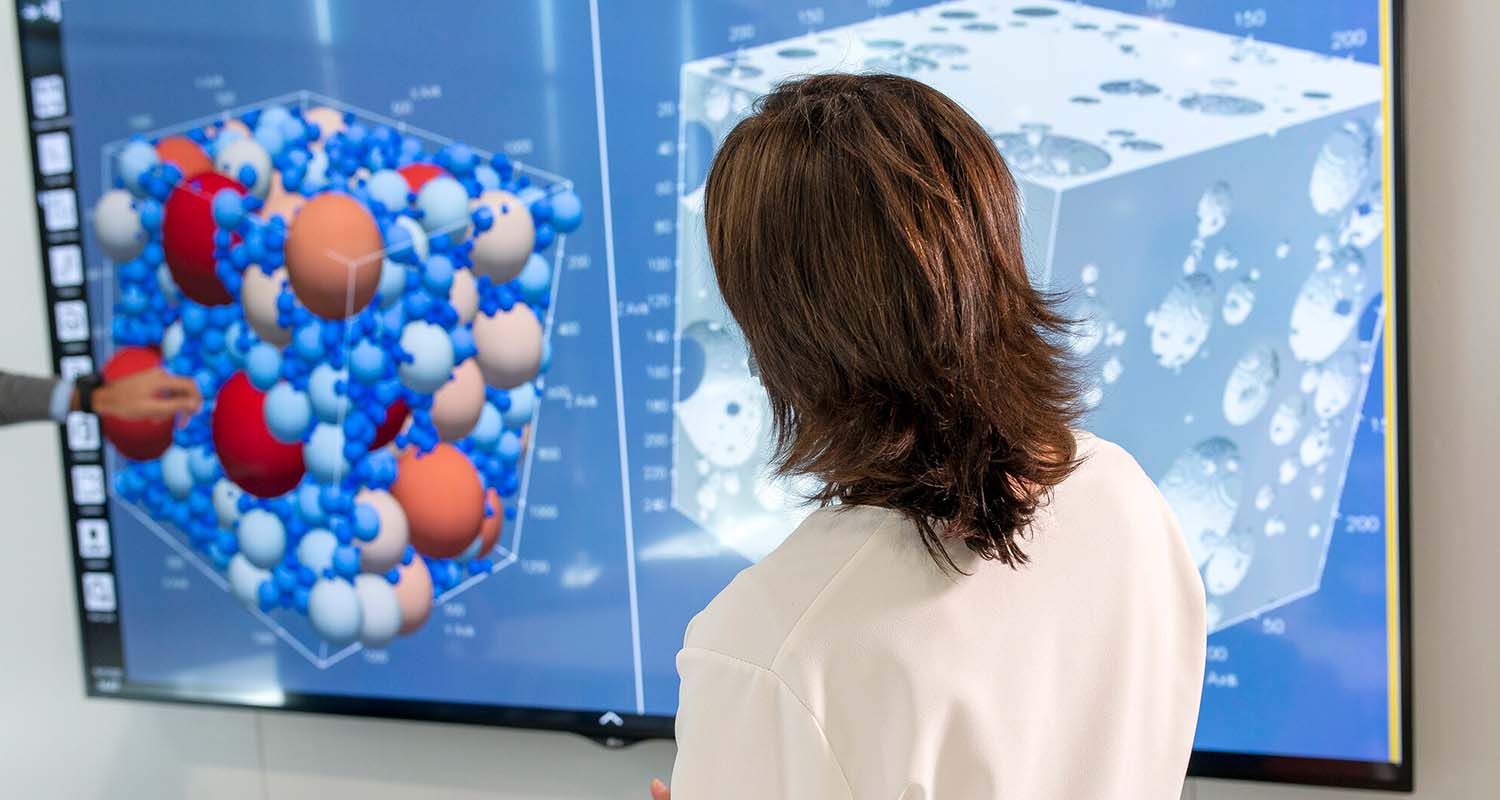Simulation testing: this is how lubricant testing is being accelerated at Repsol

Digital twins are a leading trend in all types of industries. Basically, these are tools used to create a virtual clone of a physical place or element. For years, it has been used to prevent mass movements of people in large gatherings, such as airports or football matches, to carry out the initial testing of a new vehicle, to give two of the most famous examples.
In recent months, Repsol Lubricants has made a strong commitment to digital twins. Thanks to close collaboration with researchers from the Universidad de Vigo, we have managed to develop a tool that allows us to understand the behavior of oil in different types of engines, virtually.
Until now, the usual practice was to place a series of sensors in the engine to monitor all its activity. Then came the challenge of analyzing behavior based on this data. Completing this process could take up to a year, but digitization and the development of artificial intelligence have sped up this process and reduced times considerably.

How oil behavior simulation works
At first, we had the help of researchers from the Universidad de Huelva, who were in charge of characterizing the oil, the translation of real oil into simulated characteristics for the model. This has enabled us to work in the GT Suite environment, a software that allows us to replicate the behavior of different types of engines in different conditions.
The issue is that GT Suite is designed for the development of engines, but not the influence they have on different products, such as oils. It was here the role of researchers from the Universidad de Vigo came into play who, based on this software, built a simulator of the behavior of oil in the engines of different vehicles, both combustion or hybrid.
“Once you have parameterized the engine, you add the oil inputs and you can then simulate any cycle or use current homologation cycles, such as WLTC, or WHVC. You can also indicate a real circuit and analyze what happens,” explains Santiago Maroto, senior manager of the Technical Assistance and Lubricants Development area at Repsol. “In this way, it offers you solutions for mechanical losses or fuel consumption,” he adds.
“After including the oil properties, we parameterized its behavior in different viscosity conditions, temperatures, pressures, with shear... And they had to modify the model to be sensitive to the oil's characterizations. Thanks to this, friction with the mechanical parts can be analyzed, allowing for the comparison of consumption or mechanical losses,” continues Maroto, who highlights that it can be detailed down to “the type of metal surface to understand what the oil film that forms is like.”
For now, there is still room for improvement with these tools, which will be perfected in the coming years. “It's not yet capable of simulating how the oil degrades, which is somewhat more complex,” says Maroto.
In any case, all this progress has served to speed up the validation of oils, something that translates into a considerable improvement in engine performance, as well as reducing fuel consumption. So far, the project has dealt with cars and buses, and is scheduled to continue with motorcycle engines in the coming months.
Thanks to this simulation model, not only is the oil validation achieved, but it also allows for the development of new ad-hoc formulas for different types of engine and cycles, without the need conventional vehicle testing. It also serves to quantify improvements in performance and obtain lubricant parameters that are difficult to measure experimentally.
“In internal combustion vehicles, we have seen mechanical losses due to friction being reduced by up to 18% and fuel consumption by 5%,” concludes Maroto.
Related content




